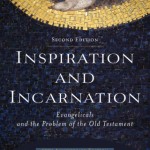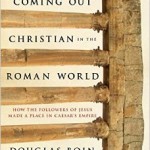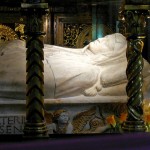In the wake of the tragic capturing and beheadings of Christians in Egypt known as the Copts, I found myself asking who the Coptic Christians were. Growing up Roman Catholic, I was led to believe that there was one true church, and mine was it: we were oldest, wisest,and you know, catholic, which meant we (in theory) included everyone. But of course, that is not the case. There are several churches with traditions that go back to the time of the apostles.
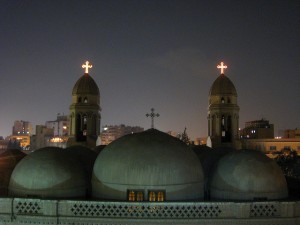
One of these is the Coptic Church, which is specifically the church of some Christians in Egypt led by their own pope, Pope Tawadross II. The Copts are part of the See of Alexandria (the Roman Catholic Pope Francis oversees the See of Rome). The Coptic Church is in communion with several other churches, such as the Armenian Apostolic church, and they, together, make up the Oriental Orthodox tradition.
For those of you who are wondering if “Oriental” is the same as “Eastern” — yes, it is. In meaning, at least. “Oriental” is a synonym for “eastern.” However, the Oriental Orthodox tradition is separate from the Eastern Orthodox tradition, which includes the Greek Orthodox and Romanian Orthodox traditions, among others.
The split between these churches was caused by an equally subtle argument during the Council of Chalcedon, which took place in 451 AD. The Oriental Orthodox churches disagreed with the Eastern Orthodox churches about whether Jesus is “of two natures” or “in two natures.” The Oriental Orthodox maintained that Jesus was of two natures, meaning that he was both divine and human, but not separate in them. The Eastern Orthodox claimed that Jesus was in two natures, meaning that he was both fully divine and fully human, separate but unified. The Roman Catholic tradition also accepted that Jesus was in two natures. “In two natures” is also know as “Chalcedonian.” The Oriental Orthodox churches are “Non-Chalcedonian.” Essentially, the Oriental Orthodox were given the boot at this council.
Can’t tell the difference? Neither can they, anymore. The Oriental Orthodox church says that they have always believed that Christ is one being, both divine and human. In fact, they feel that the Chalcedonian kicking-out was a political move to limit the power of their pope.
Still, the Oriental Orthodox and Eastern Orthodox churches remain separate, not in communion. At this point, loyalty to particular worship
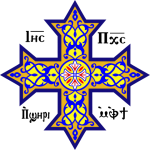
traditions and iconography seems to define differences more than any theological disagreement. The Copts have a special love for the martyrs, even basing their calendar on them, and their own elaborate ankh-like cross. They honor Mark (the Gospel writer) as their founder and
emphasize the time that Jesus spent in Egypt in their history.
As a former Roman Catholic (though I write that with trepidation–it feels like saying I used to have brown hair, when in fact I will always feel like I have brown hair, no matter how much of it turns prematurely white), I embrace sectarian loyalties to things like stained glass, bells, and calendars. I like the variety in Christian faiths; it reminds us that there are lots of pieces of this tradition, and different emphases are not only valid but important. Learning about a new tradition or visiting a new church can remind us of the parts of our faith that we routinely ignore or minimize.
For example, I had the great pleasure of attending a good friend’s Armenian Orthodox (Chalcedonian, Eastern Orthodox) wedding. In addition to being the most formal wedding I’ve ever been to (as another friend put it, the guests “dressed to the 10’s”), the ceremony was about twice as long as any church wedding I’ve seen. The best man had to hold a cross above the groom’s head while the couple was blessed several times by the priest–all in all, for about 45 minutes. The poor guy was sweating so much that an attendant wiped his forehead off with a handkerchief.
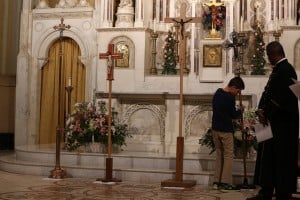
I can’t think of my friends’ wedding without remembering the best man’s white, terrified face and shaking arm as the priest launched into yet another line. Heroism like that doesn’t happen during a standard Catholic wedding–all we have to do is awkwardly tell our unbaptized friends that they aren’t allowed to take communion.
Although the differences between some churches might seem downright silly to us now, and perhaps even to these churches’ own members, their evolution has created many rich, diverse traditions. Like Darwin’s island birds, they adapted to their surroundings, evolving in response to the widely ranging places that we humans dwell.
If you’re looking for more about the Copts, here are a few resources:
Introduction to the Coptic Orthodox Church – a downloadable PDF book about the Copts by a Coptic priest and scholar
The Encyclopedia Coptica – an online encyclopedia written by the Coptic Network




